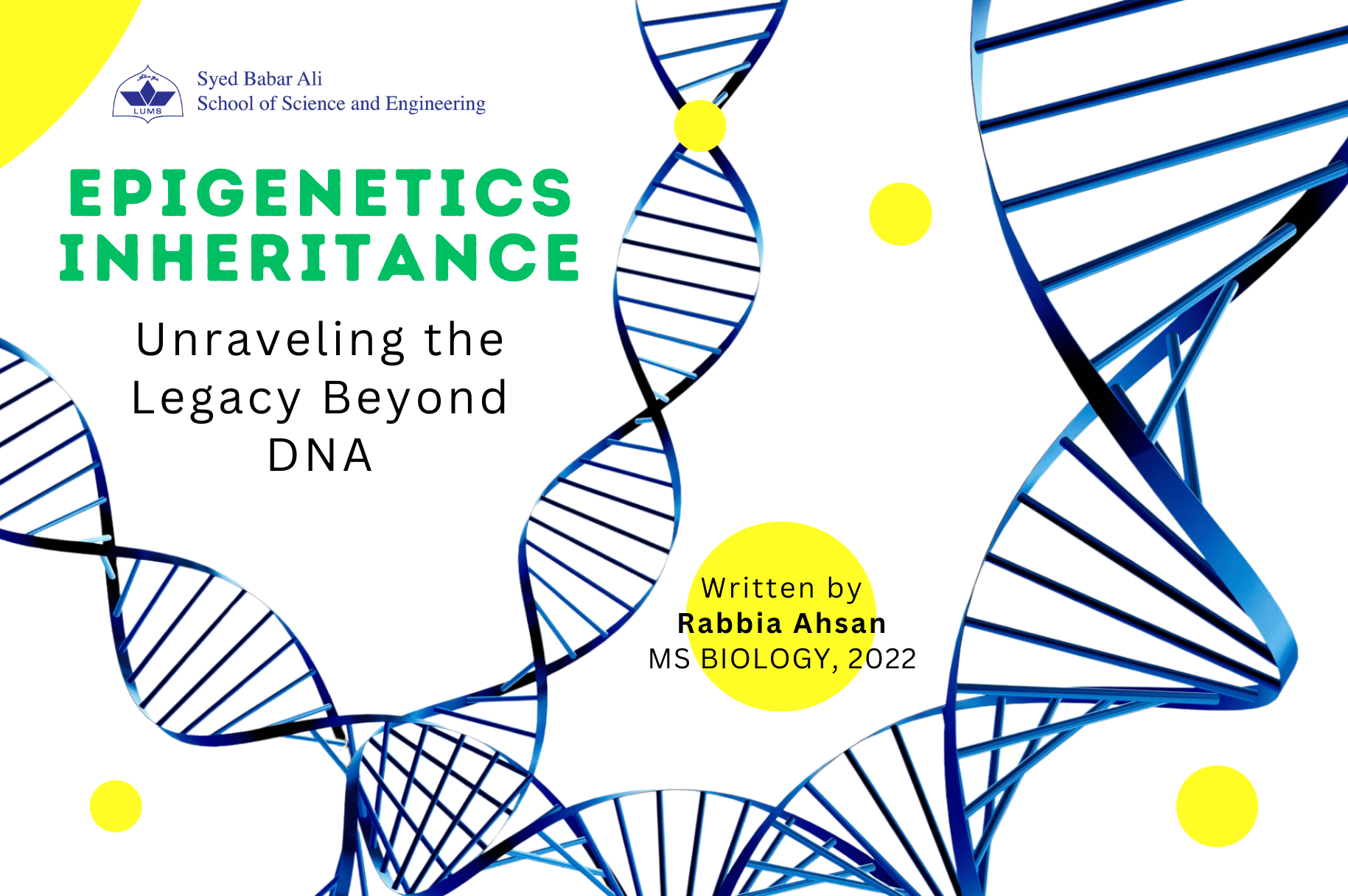
Epigenetic Inheritance: Unraveling the Legacy Beyond DNA
"For neither inherited genes nor environmental factors alone can account for the full range of variations seen in human health and disease." - Randy Jirtle, Epigenetics Pioneer
For many years, inheritance was synonymous with DNA, the genetic blueprint passed down from generation to generation. However, emerging research in the field of epigenetics has revealed an additional layer of inheritance that goes beyond the DNA sequence itself. In his groundbreaking book, "Epigenetics: How the Environment Shapes Our Genes," Richard C. Francis writes, "Epigenetics offers a new perspective on the nature-versus-nurture debate, suggesting that it is not just our genes but how our genes are regulated that matters."
In other words, epigenetics shows that both our genetic makeup and the environmental factors that influence gene expression are equally important in shaping who we are and how we develop. It emphasizes the dynamic interplay between our genes and the environment, challenging the notion that genetics alone dictates our destiny.
Epigenetic modifications, including DNA methylation, histone modifications, and non-coding RNAs, are crucial in regulating gene expression patterns without altering the DNA sequence. Recent studies have shown that these modifications can be transmitted from parents to offspring, potentially influencing phenotypic traits and disease susceptibility across multiple generations. In his seminal paper, Conrad Waddington, the father of epigenetics, described the epigenetic landscape as "the interplay of the environment and genes, a dance influenced by chance."
Epigenetic marks can be transmitted not only to the immediate offspring but also across several generations, resulting in transgenerational epigenetic inheritance. Research by Eric Miska and colleagues at the University of Cambridge demonstrated that small RNA molecules, called small interfering RNAs (siRNAs), can be inherited and affect gene expression in future generations.
As Dr. Michael Skinner, a pioneer in transgenerational epigenetic research, remarks, "Epigenetic inheritance challenges the traditional notion of Darwinian evolution."
Various environmental factors, such as diet, stress, and exposure to toxins can influence epigenetic modifications. Studies on the Dutch Hunger Winter, a period of famine during World War II, revealed transgenerational effects on the health of subsequent generations. According to Dr. Moshe Szyf, an epigenetics researcher, "Environmental influences can leave a lasting imprint on our genes, affecting not only our own health but also that of future generations."
Epigenetics and Evolution:
A Paradigm Shift
Imagine a world where diseases can be prevented, treated, or even reversed by targeting the intricate web of epigenetic modifications. Envision a future where we unravel the mysteries of transgenerational inheritance, unlocking the potential to create healthier generations through the optimization of environmental factors.
Epigenetic inheritance introduces a new perspective on the mechanisms of evolutionary change. Researchers have observed rapid phenotypic variation through epigenetic modifications in response to environmental stimuli. In their book "The Epigenetic Revolution," Nessa Carey and Randy Jirtle explain how epigenetic changes can facilitate adaptation and survival in fluctuating environments. Imagine a world where diseases can be prevented, treated, or even reversed by targeting the intricate web of epigenetic modifications. Envision a future where we unravel the mysteries of transgenerational inheritance, unlocking the potential to create healthier generations through the optimization of environmental factors. Epigenetic inheritance introduces a new perspective on the mechanisms of evolutionary change. Researchers have observed rapid phenotypic variation through epigenetic modifications in response to environmental stimuli. In their book "The Epigenetic Revolution," Nessa Carey and Randy Jirtle explain how epigenetic changes can facilitate adaptation and survival in fluctuating environments.
We are finally starting to unravel the missing link between nature and nuture; how our environment talks to us, sometimes forever. - Nessa Carey, The Epigenetics Revolution (2012)
With epigenetics as our guiding light, we embark on an extraordinary journey toward a future where we can rewrite the narrative of our genes and sculpt a healthier, brighter world for generations to come. It is a path that leads us to personalized medicine, disease prevention, and the realization of human potential. The study of epigenetics holds the promise of unlocking new avenues for improving human health and understanding the intricate interplay between genetics and the environment. As we delve deeper into the complexities of epigenetic inheritance and evolutionary dynamics, we move closer to harnessing the full potential of our genetic legacy.
Francis, R.C. (2011). Epigenetics: How the Environment Shapes Our Genes. W.W. Norton & Company.
Carey, N. (2012). The Epigenetic Revolution. Columbia University Press.
Waddington, C.H. (1942). The Epigenotype. Endeavour, 1(1), 18-20.
Miska, E.A. et al. (2008). Germ-line Inheritance of Uncapped Telomeres in Caenorhabditis elegans. Proceedings of the National Academy of Sciences, 105(19), 7103-7106.
Perlmutter, D. (2015). Brain Maker: The Power of Gut Microbes to Heal and Protect Your Brain – for Life. Little, Brown Spark.
Jablonka, E. and Lamb, M.J. (2014). Evolution in Four Dimensions: Genetic, Epigenetic, Behavioral, and Symbolic Variation in the History of Life. The MIT Press.
Redwood, D. (2012). Epigenetics: The Potential for Chiropractic Care to Influence Gene Expression. Journal of Manipulative and Physiological Therapeutics, 35(6), 409-415.
Church, G. (2019). Regenesis: How Synthetic Biology Will Reinvent Nature and Ourselves. Basic Books.

